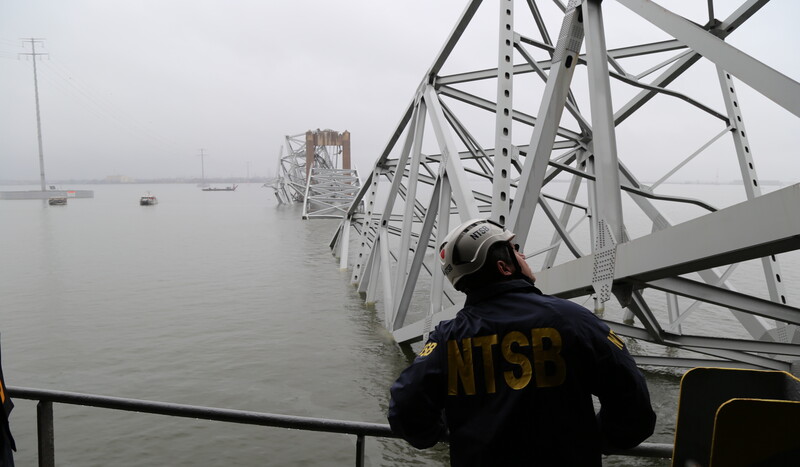The tragic bridge collapse this week in Baltimore is putting the spotlight on the safety of North American bridges.
Driving the news: Investigators are still trying to determine the series of events that led a 290-metre cargo ship to crash into the Francis Scott Key Bridge in Baltimore, a collision that completely destroyed the bridge and led to the presumed deaths of six people.
- Joe Biden promised that the U.S. government would pay to rebuild it, but that won’t happen before sizable economic disruptions. Some experts are estimating up to US$4 billion in losses from the accident.
- The collapse has entirely shut down the Port of Baltimore, which is one of the continent’s most important shipping hubs for automobiles and farm equipment.
Why it matters: Clearly, something went wrong, with warning systems and safety measures. One expert told ABC News that the collision is similar to one that happened in 1980 in Tampa, Florida, which led to widespread reforms to recognize and reduce collision hazards.
- The crash also highlights just how big cargo ships have grown. Older, smaller bridges stand absolutely zero chance of withstanding a brush with these behemoths.
Zoom out: While this bridge could never have survived this freak accident, the incident has cast light on the broader state of old bridges. The average age of a U.S. bridge is 44 years, and Americans take 178 million trips on structurally deficient bridges every. single. day.
In Canada: A 2019 report found that 39% of Canadian bridges are in fair or poor condition, a mess that will cost upwards of $21 billion to fix. A University of Calgary report warns that the number could soon be much higher as climate change further stresses infrastructure.—QH
